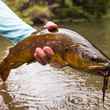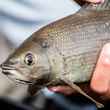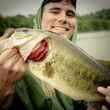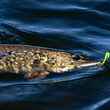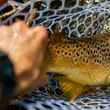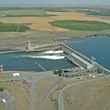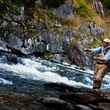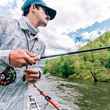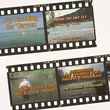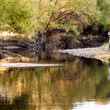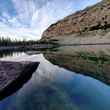Routing
Routing is all about the weather. Remember, the next land mass to the south is Antarctica. Weather in New Zealand is about as variable as it can be anywhere on the planet.
Hiring your own vehicle is so much the way to go because the most fantastic moments are often the diversions en route of which you are able to avail yourself in a way that others cannot. If you find yourself here, you’re doing it right.
Sprint for your highest value destination if the weather demands it, or put it off until a good weather window opens up, then work your routing based on the weather forecasts and your time of departure. Always have options B, C, and D in mind before you set out for your day’s destination.



